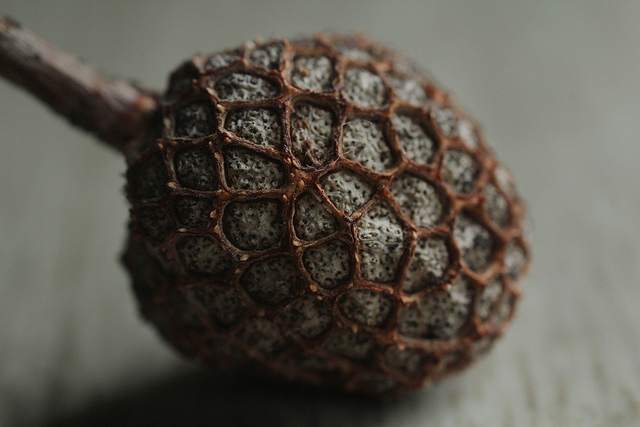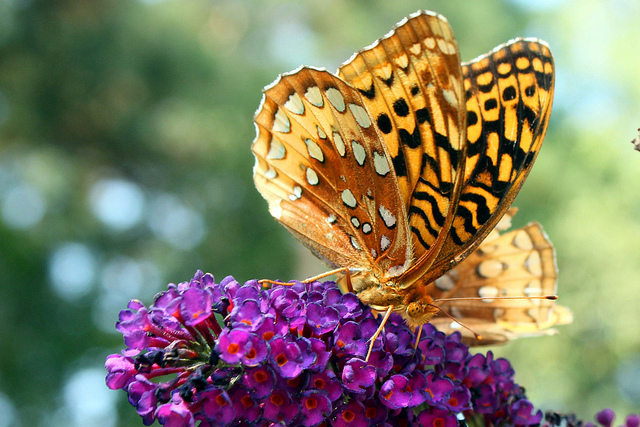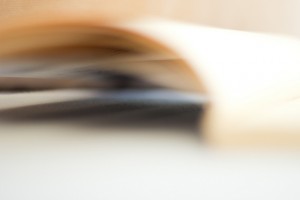
I was asked to serve as a substitute for a middle- and upper-elementary summer school gig, teaching Reading and Vocabulary to Korean-American students.
When we finished the required novels, I had 4 days’ worth of teaching left and saw that Poetry was on the syllabus. So, I cooked up some lessons using How to Read a Poem.
We looked at the basics of Imagery: when you read the poem, what do you see, hear, taste, touch, smell? What does the poem remind you of? Do you have a connection to the poem?
The lure of flying was a theme in another anthology I used, and we tied it to “The Eagle” from Runyan’s book, with the 5th and 6th graders. I’d promised them we’d go fly paper airplanes on our last day, and that we did.
After the experience, we came in and (eating my homemade chocolate chip cookies) brainstormed some words and phrases and came up with a simple poem. The four of them participated and we wrote together:
Paper flies
floating in the air
higher, lower
crashing in the air.
They circle around in the breezy wind
trees waving by the wind.
Laughing, happy
children playing
Paper here and there.
When I got with the middle school kids, we read “Tattoo” and “Mowing”, as well as “The Eagle,” and brainstormed responses and phrases. The responses were hesitant.
To wit, precocious Mike asked, “Why do people write poetry anyway?”
I mumbled a bit, saying something about being succinct and the power of having to be precise and concise, writing for emotions and so on. He seemed unconvinced.
However.
There was Joseph. He quietly told me after the experience, “Mrs. Collins, I wrote my own poem. Here.”
Flight
The noises from kids who are yelling about
As the soft breeze brushes us
Flying the airplanes, making them drift,
The tip of the tongue in your mouth
As you are determined to win,
The feeling of victory as your airplane flies afar
And the scent of joy dissipates as everyone departs.
—Joseph Hwang
I was overcome.
Photo by ladydragonflycc, Creative Commons, via Flickr. Story from Jody Lee Collins.


